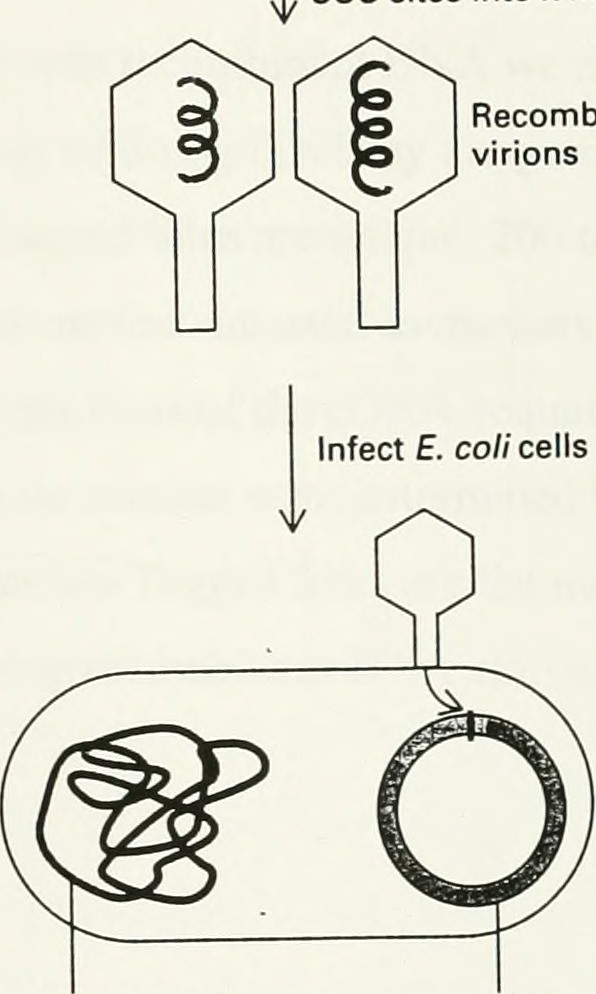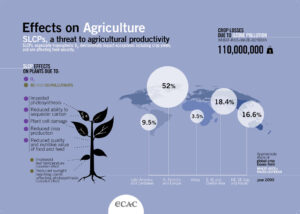TOOLS OF RECOMBINANT DNA TECHNOLOGY
Restriction Enzymes: Unraveling the Molecular Scissors
Discovery (1963):
- Identified two enzymes in Escherichia coli restricting bacteriophage growth.
- One added methyl groups, while the other functioned as a restriction endonuclease (cutting DNA).
Hind II (1968):
- First restriction endonuclease isolated, recognizing a specific DNA nucleotide sequence.
- Always cut DNA at a defined point with a six-base pair recognition sequence.
Diversity (Today):
- Over 900 restriction enzymes discovered from 230 bacterial strains.
- Naming convention: First letter from genus, next two from species (e.g., EcoRI from Escherichia coli RY 13).
Functionality:
- Belong to the nuclease class: exonucleases (remove nucleotides from ends) and endonucleases (cut at specific positions).
- Recognition of palindromic nucleotide sequences in DNA.
Palindromes in DNA:
- Sequences read the same on both strands.
- Example: 5′ —— GAATTC —— 3′ / 3′ —— CTTAAG —— 5′.
Cutting Process:
- Cuts a little away from the center of palindrome sites, creating sticky ends.
- Sticky ends form hydrogen bonds with complementary cut counterparts.
Application in Genetic Engineering:
- Formation of recombinant DNA molecules from different sources/genomes.
- Sticky ends allow joining of DNA fragments cut by the same enzyme using DNA ligases.
- Essential for creating recombinant vector molecules.
Separation and isolation of DNA fragments
Cutting by Restriction Endonucleases:
- Restriction endonucleases cut DNA, producing fragments.
Gel Electrophoresis:
- Technique for separating DNA fragments based on size.
- DNA fragments, negatively charged, move towards the anode under an electric field.
- Agarose, a seaweed-extracted polymer, commonly used as the matrix.
Sieving Effect:
- Agarose gel provides sieving effect, causing separation of DNA fragments according to size.
- Smaller fragments move farther during electrophoresis.
Visualization:
- Staining with ethidium bromide.
- Exposure to UV radiation for visualization.
- Bright orange bands of DNA seen in ethidium bromide-stained gel under UV light.
Sample Loading:
- Guessing the gel end where the sample was loaded based on fragment movement.
DNA Extraction (Elution):
- Separated DNA bands cut from agarose gel.
- Elution: Extraction of DNA fragments from the gel piece.
Purification:
- Purified DNA fragments used in constructing recombinant DNA.
- Joined with cloning vectors for further processes.
Cloning Vectors in Genetic Engineering
Replication Ability:
- Plasmids and bacteriophages replicate independently within bacterial cells.
- Copy numbers vary; some plasmids have 1-2 copies, while others may have 15-100 or more.
Features Required for Cloning:
Origin of Replication (ori):
- Sequence initiating DNA replication; linked DNA replicates within host cells.
- Copy number control.
Selectable Marker:
- Genes conferring resistance to antibiotics (e.g., ampicillin, chloramphenicol) aid in identifying transformants.
- Elimination of non-transformants, selective growth of transformants.
Cloning Sites:
- Few recognition sites for common restriction enzymes.
- Single recognition sites preferable to avoid complex cloning.
- Ligation of alien DNA occurs at restriction site.
Cloning Procedure:
Linking Alien DNA:
- Cloning sites assist in joining foreign DNA.
- Recombinant plasmids created.
Selection Process:
- Antibiotic resistance gene insertion may inactivate one resistance (e.g., tetracycline).
- Transformants identified by selective growth on one antibiotic (e.g., ampicillin) and loss of resistance to another (e.g., tetracycline).
- β-galactosidase gene inactivation used for alternative selection.
Vectors for Plants and Animals:
- Lesson learned from bacteria and viruses.
- Agrobacterium tumifaciens Ti plasmid modified into a cloning vector for plants.
- Retroviruses are disarmed for gene delivery into animal cells.
Transfer to Host:
- Ligated gene/vector transferred into bacterial, plant, or animal host.
- Multiplication within host.
Competent Host (For Transformation with Recombinant DNA)
DNA Impermeability:
- DNA is hydrophilic, preventing it from passing through cell membranes.
Creating Competence:
- Bacterial cells need to be made ‘competent’ to uptake DNA.
- Treatment with divalent cations (e.g., calcium) enhances efficiency.
- Calcium treatment increases permeability of bacterial cell walls.
Transformation Process:
- Cells treated with divalent cations.
- Incubation with recombinant DNA on ice.
- Brief heat shock at 42°C.
- Return to ice, allowing cells to uptake recombinant DNA through pores.
Methods for Introducing Alien DNA:
Micro-Injection:
- Direct injection of recombinant DNA into the nucleus of animal cells.
Biolistics or Gene Gun:
- Plant cells bombarded with high-velocity micro-particles coated with DNA (gold or tungsten).
Disarmed Pathogen Vectors:
- ‘Disarmed’ pathogens used as vectors.
- Vectors infect host cells, transferring recombinant DNA.
Diverse Applications:
- Competent hosts enable various methods for introducing alien DNA.
- Transformation crucial for creating transgenic organisms.
Recombinant DNA Processes:
- Tools for constructing recombinant DNA.
- Techniques like micro-injection, biolistics, and disarmed pathogen vectors.
- Diverse approaches for diverse organisms.



